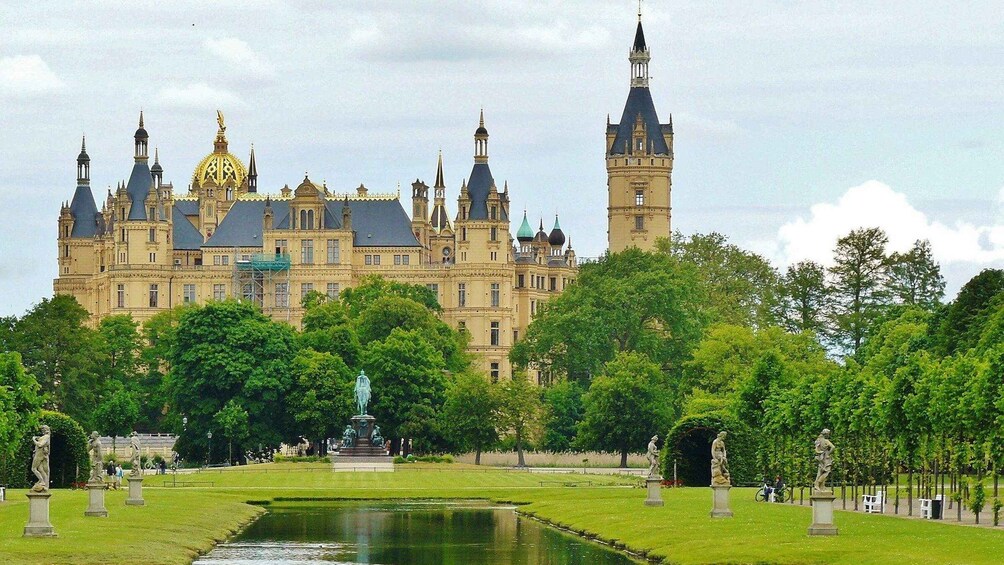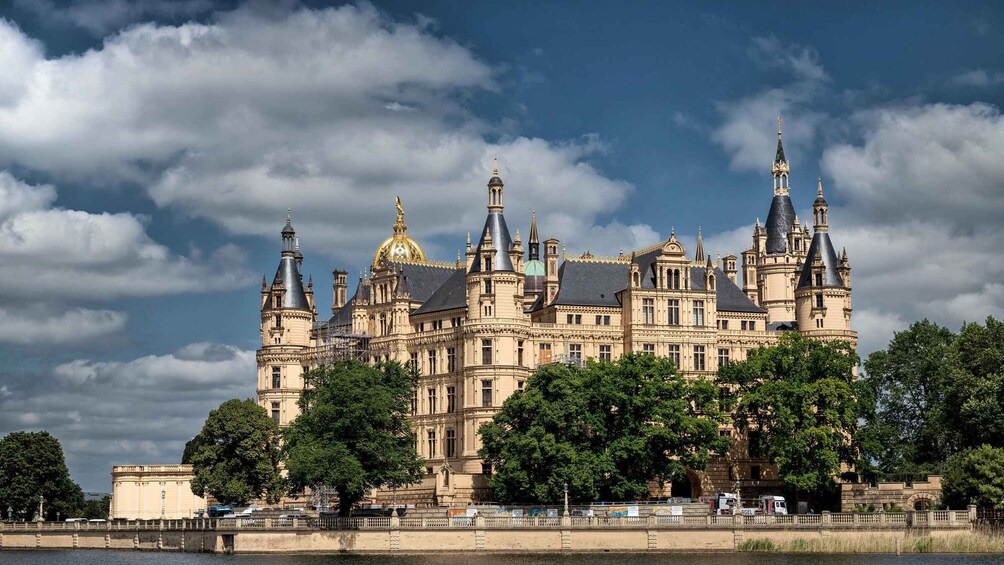Surrounded by 7 lakes, Schwerin is the smallest land capital of Germany. This city has historical roots that date back to the 10th century. Schwerin has existed since at least 1018 and was recognised as a city in 1160. It is known for its romantic Schwerin Palace, known as the “Neuschwanstein of the North”, atop an island in Lake Schwerin. During the Middle Ages, the centre point of the town was Schwerin Cathedral, famous across Europe for having reputedly held a drop of Christ's blood. The city also has a largely intact old town, suffering only minor damage during World War II. In this tour, you will discover the highlights of the area Schwerin, walk its beautiful streets and learn more about its history by visiting the impressive Schwerin Castle.


